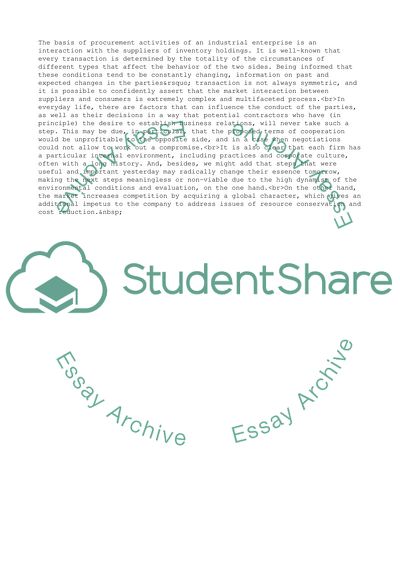Cite this document
(Supplier Relationships and Negotiations Term Paper - 1, n.d.)
Supplier Relationships and Negotiations Term Paper - 1. Retrieved from https://studentshare.org/business/1755405-supplier-relationships-and-negotiations
Supplier Relationships and Negotiations Term Paper - 1. Retrieved from https://studentshare.org/business/1755405-supplier-relationships-and-negotiations
(Supplier Relationships and Negotiations Term Paper - 1)
Supplier Relationships and Negotiations Term Paper - 1. https://studentshare.org/business/1755405-supplier-relationships-and-negotiations.
Supplier Relationships and Negotiations Term Paper - 1. https://studentshare.org/business/1755405-supplier-relationships-and-negotiations.
“Supplier Relationships and Negotiations Term Paper - 1”, n.d. https://studentshare.org/business/1755405-supplier-relationships-and-negotiations.


